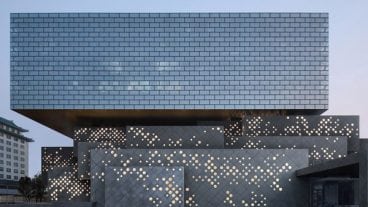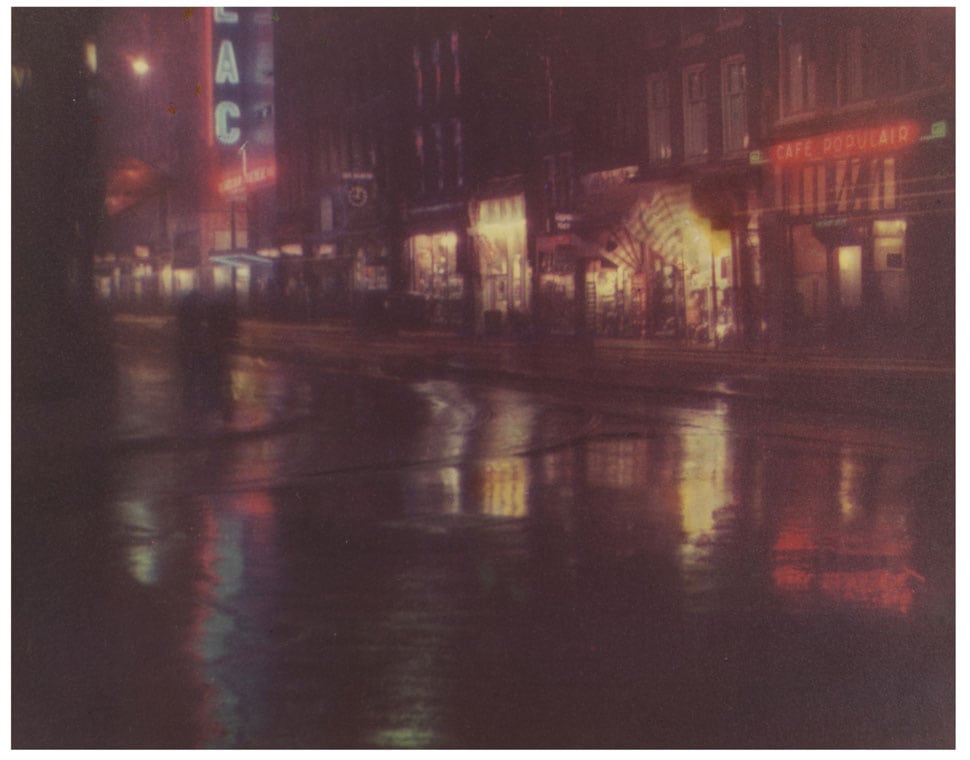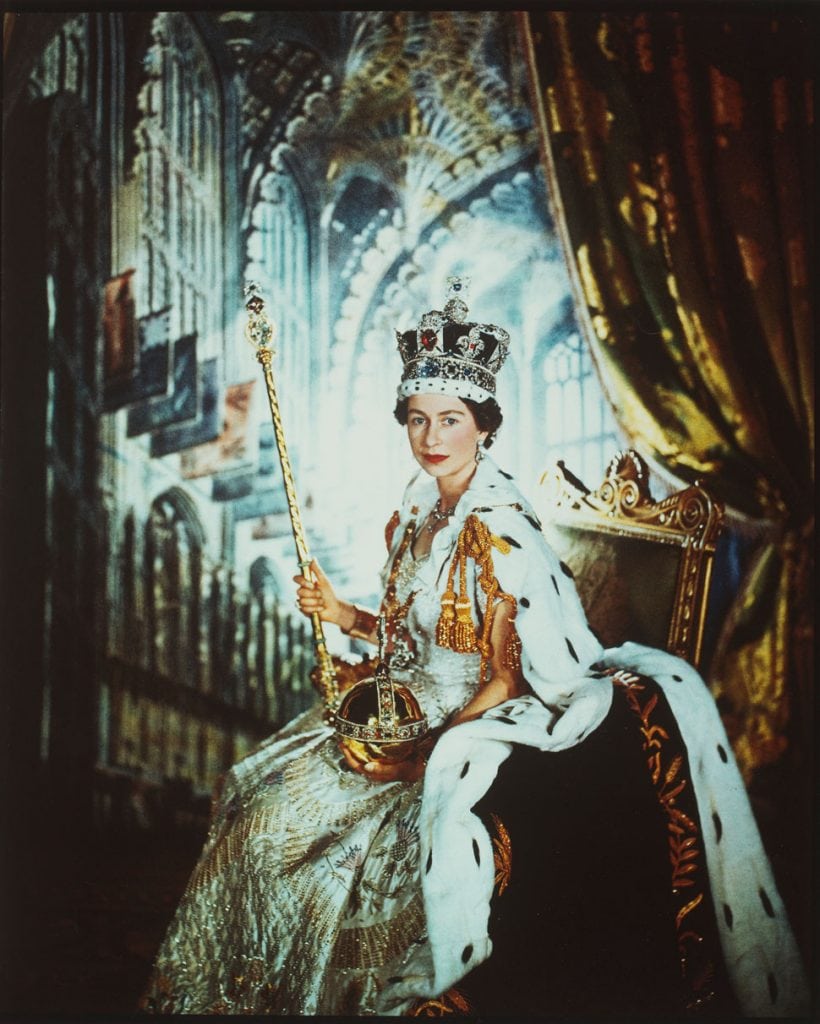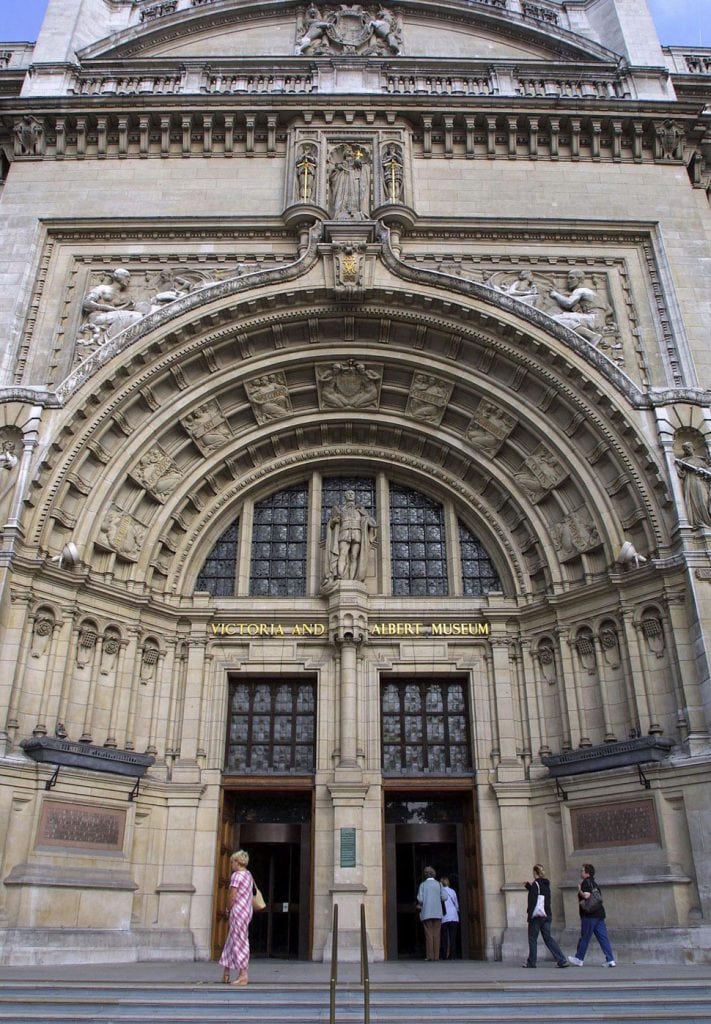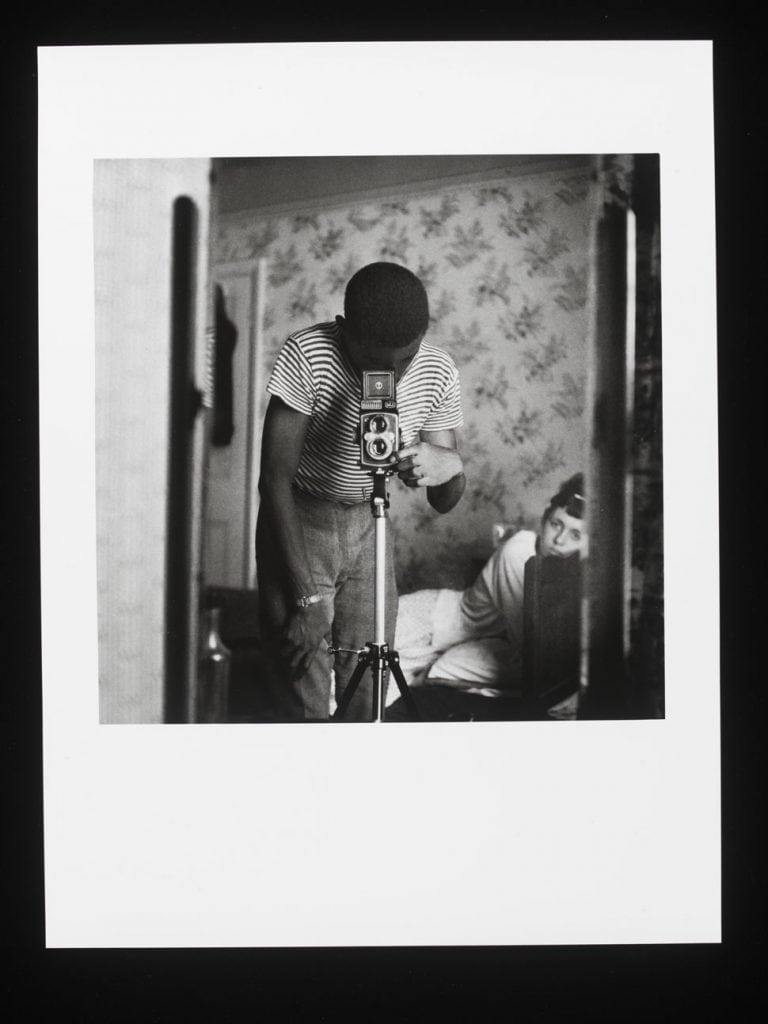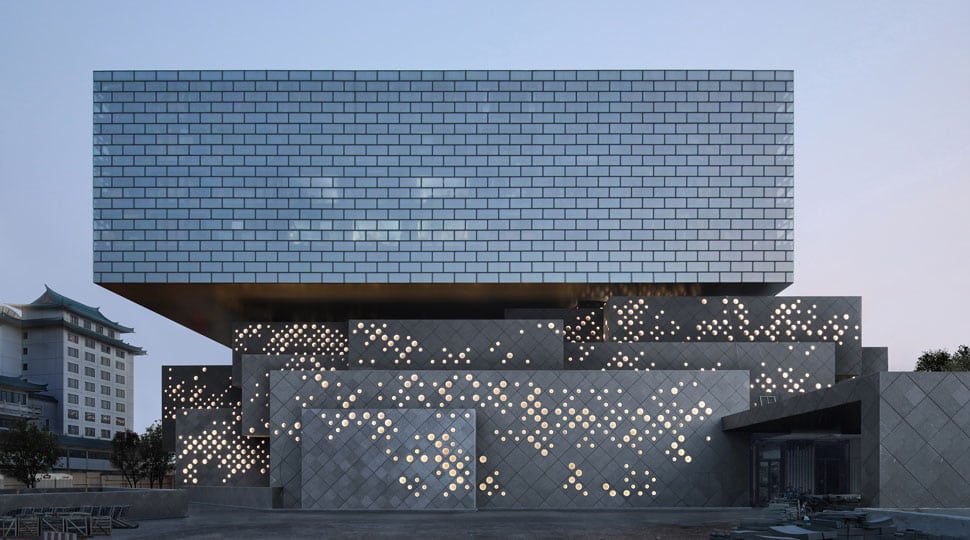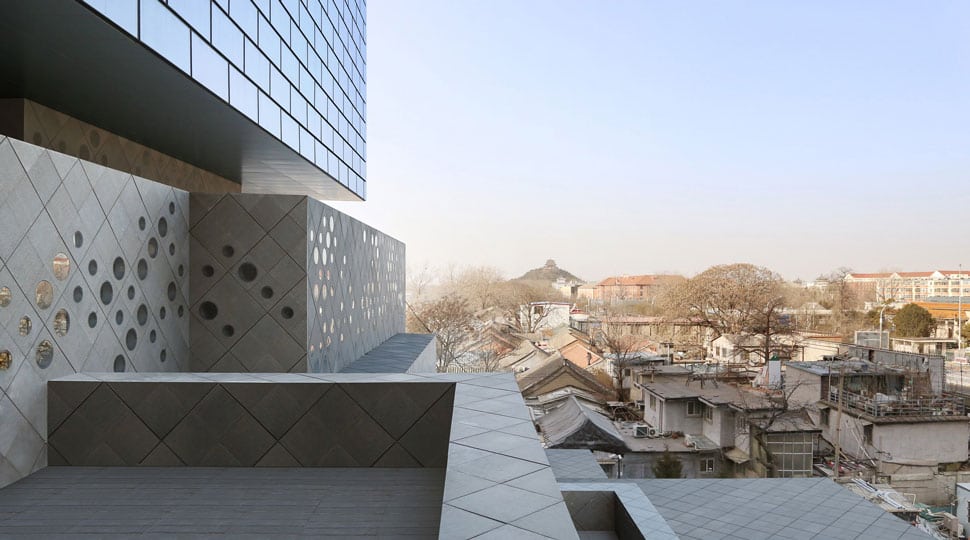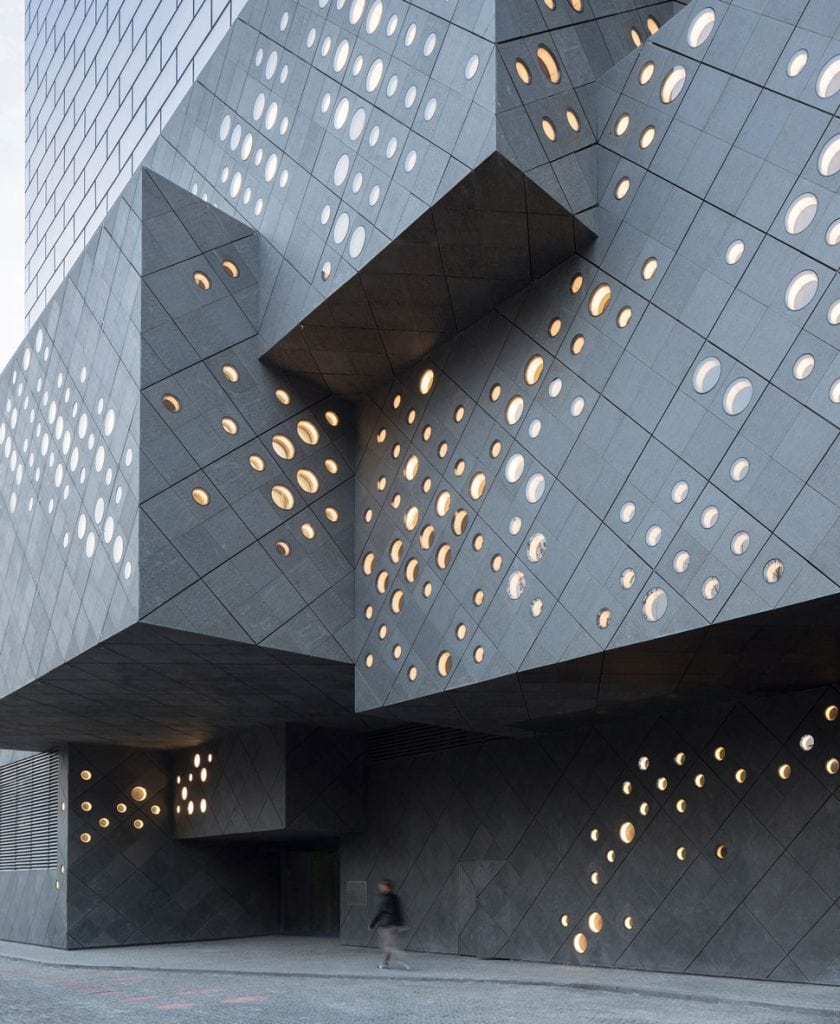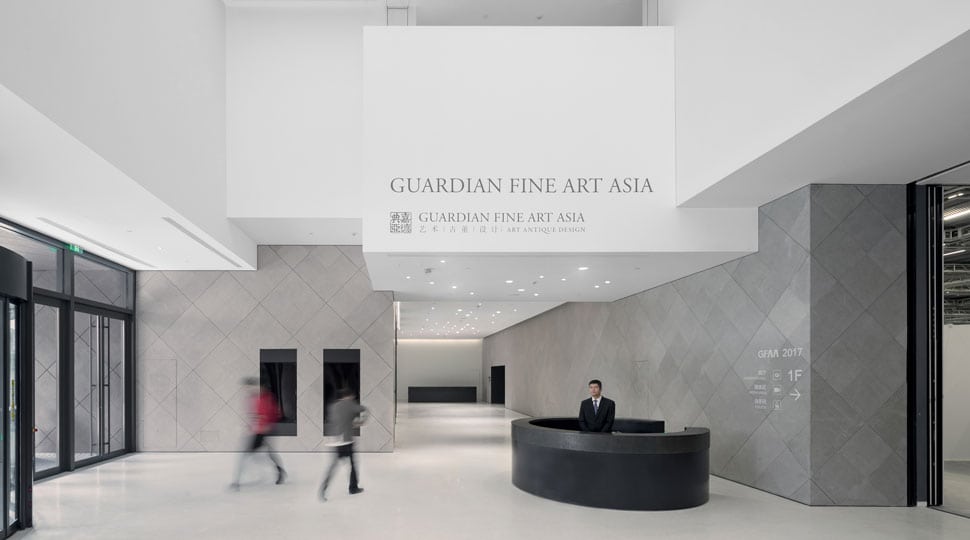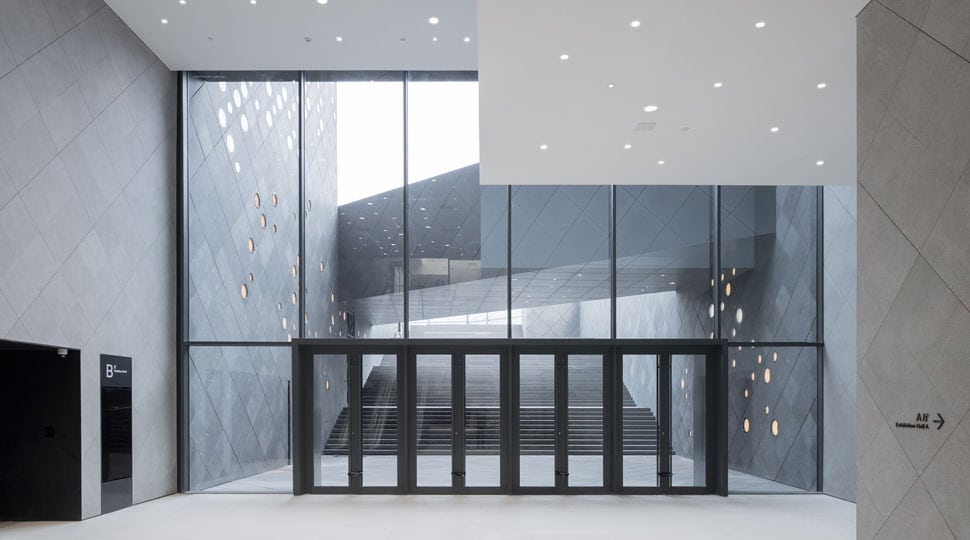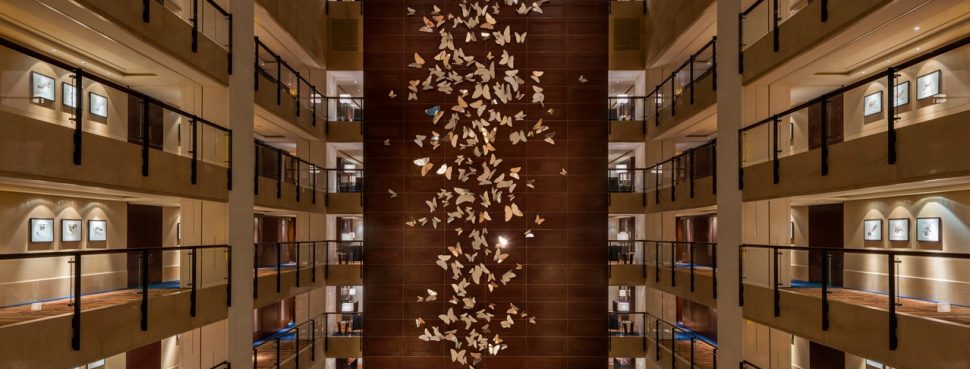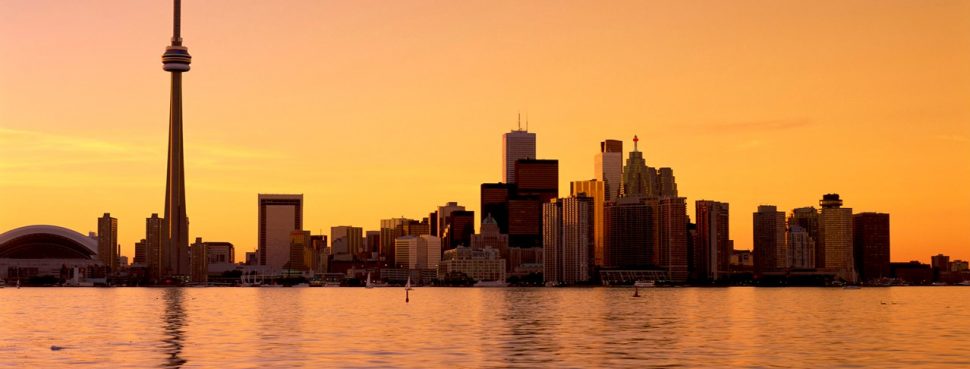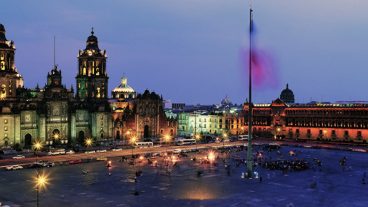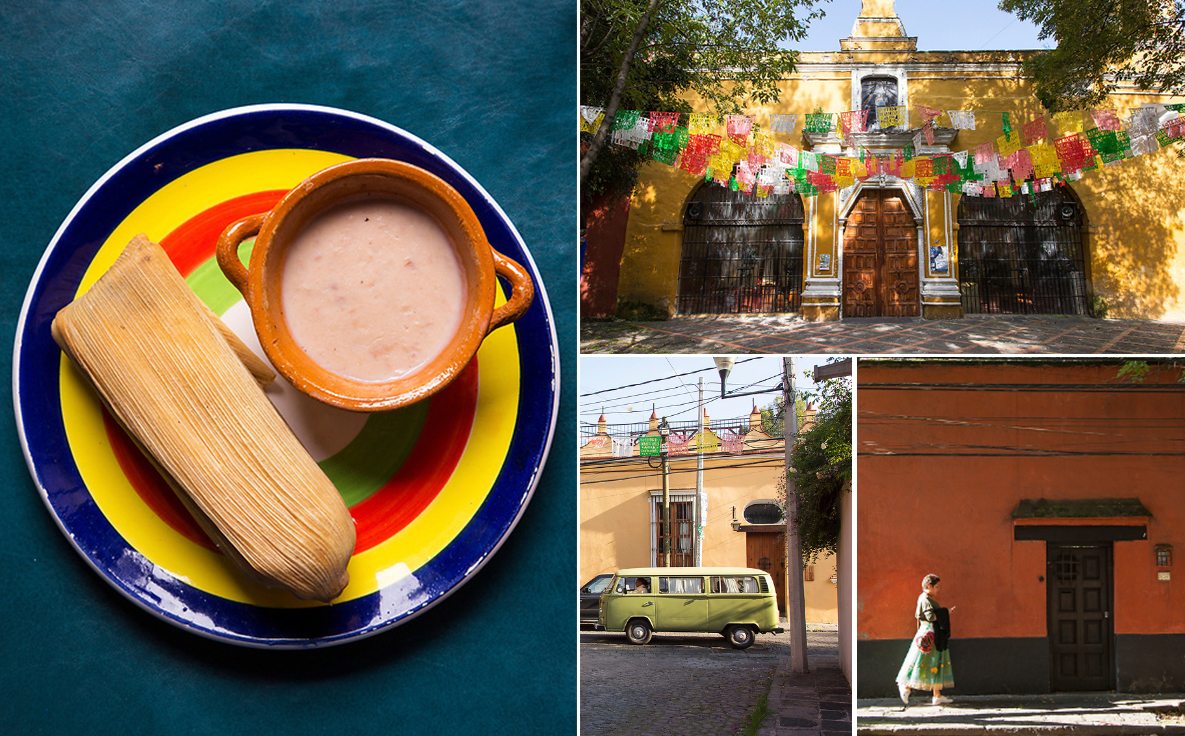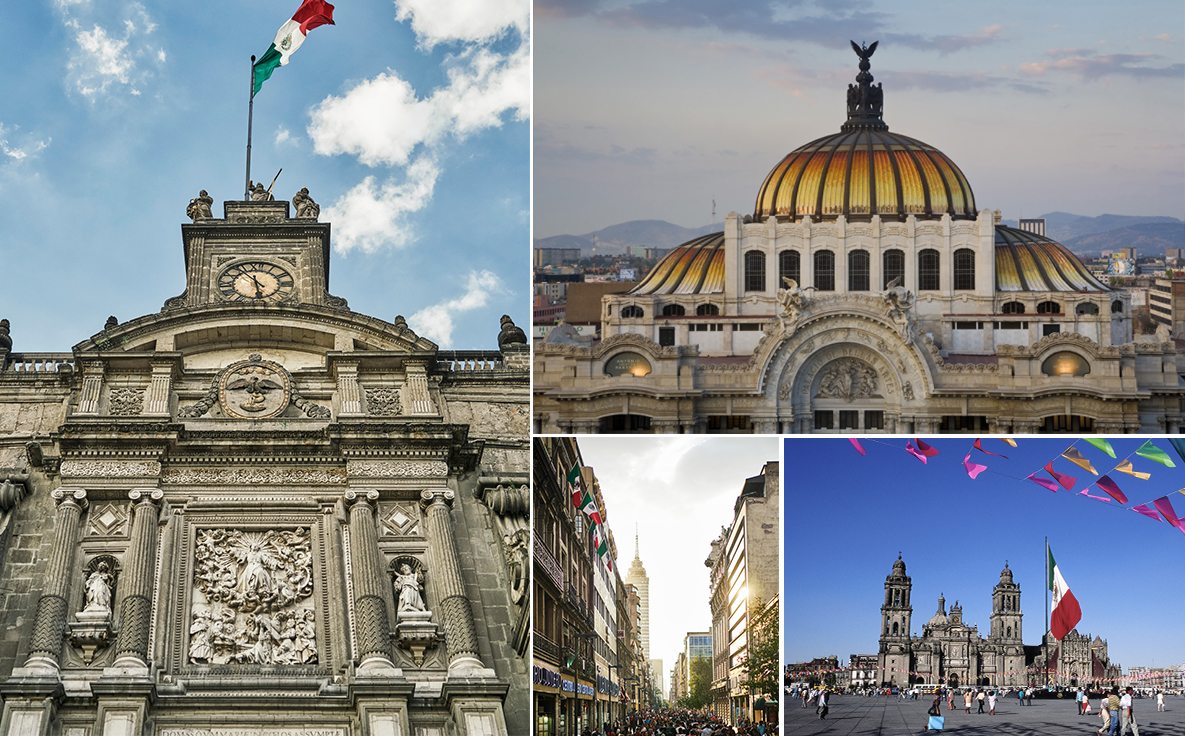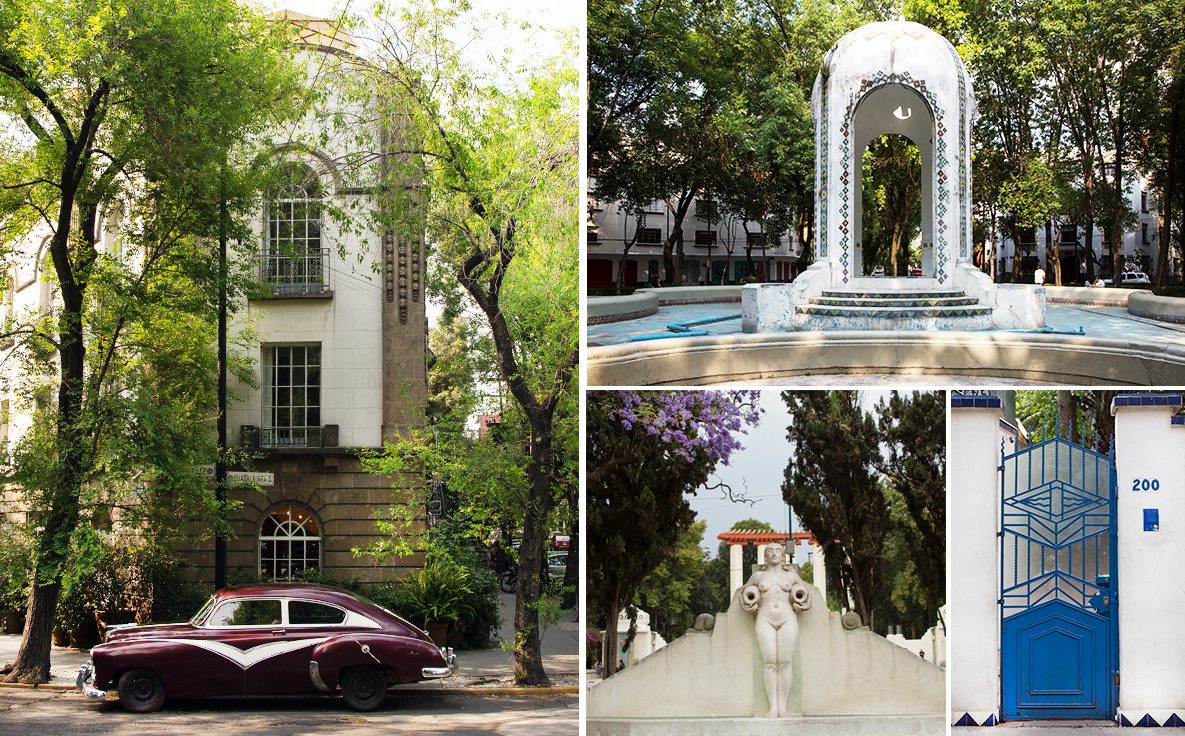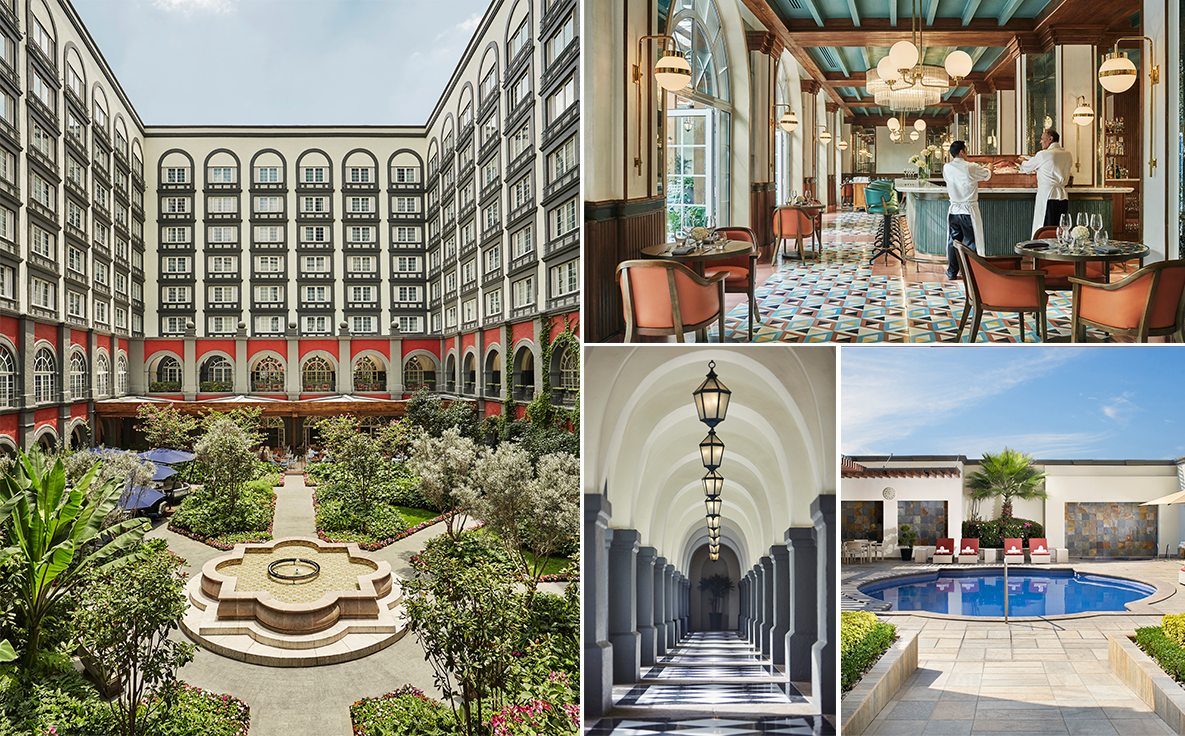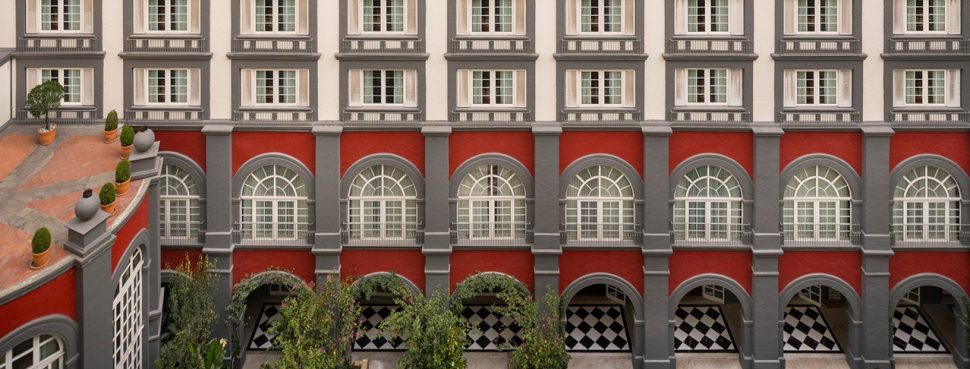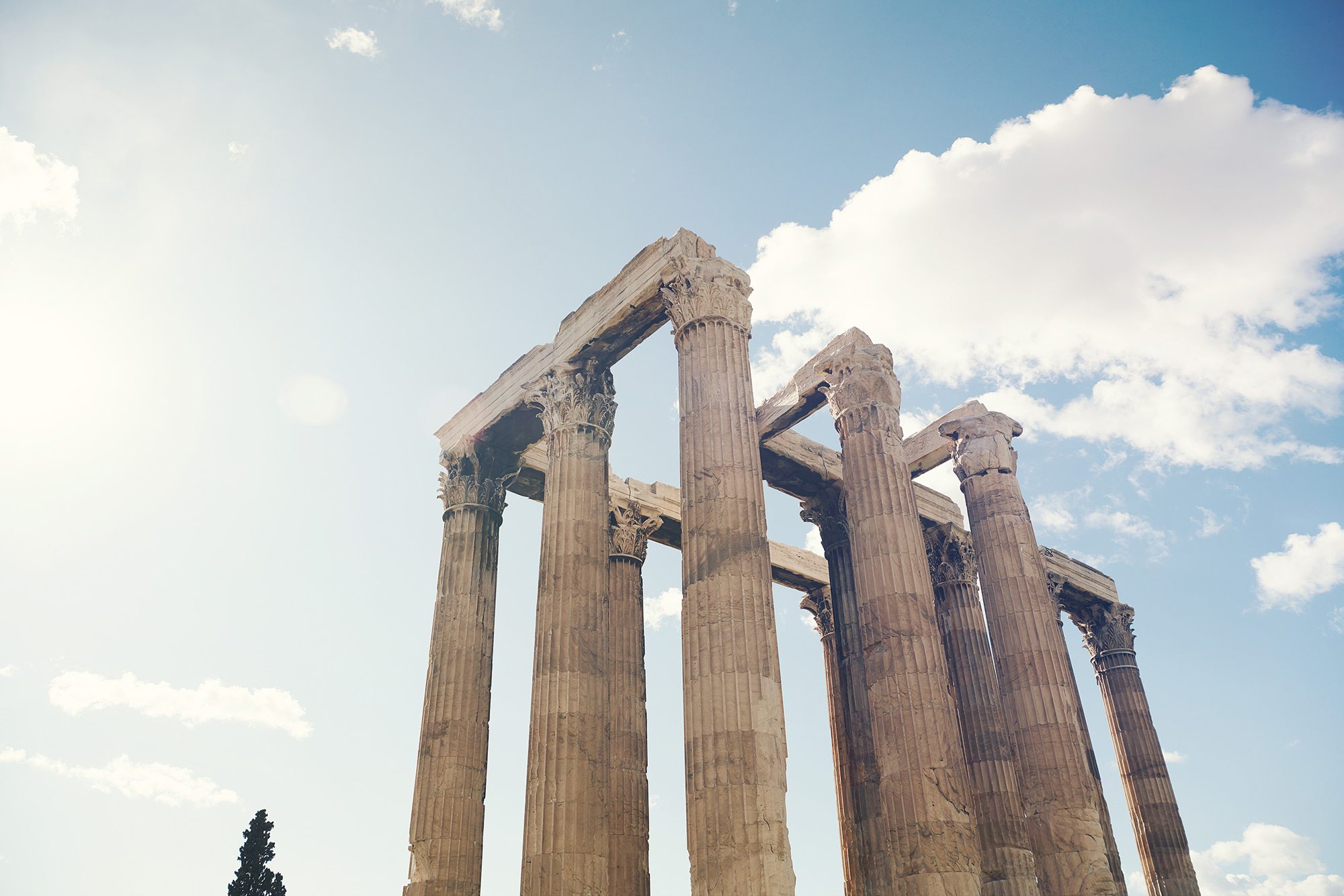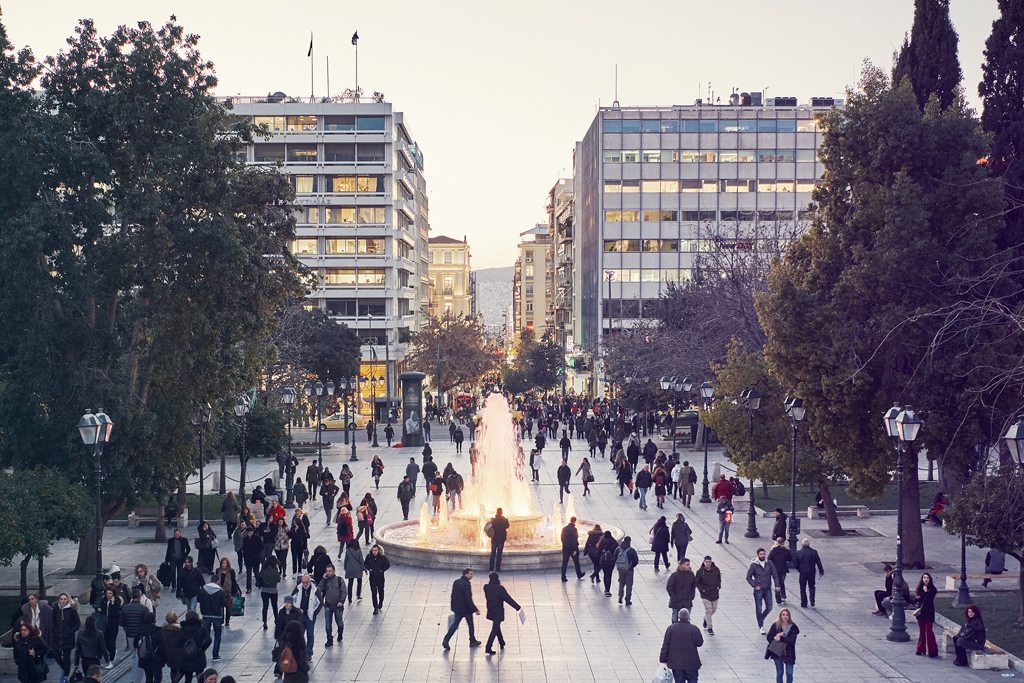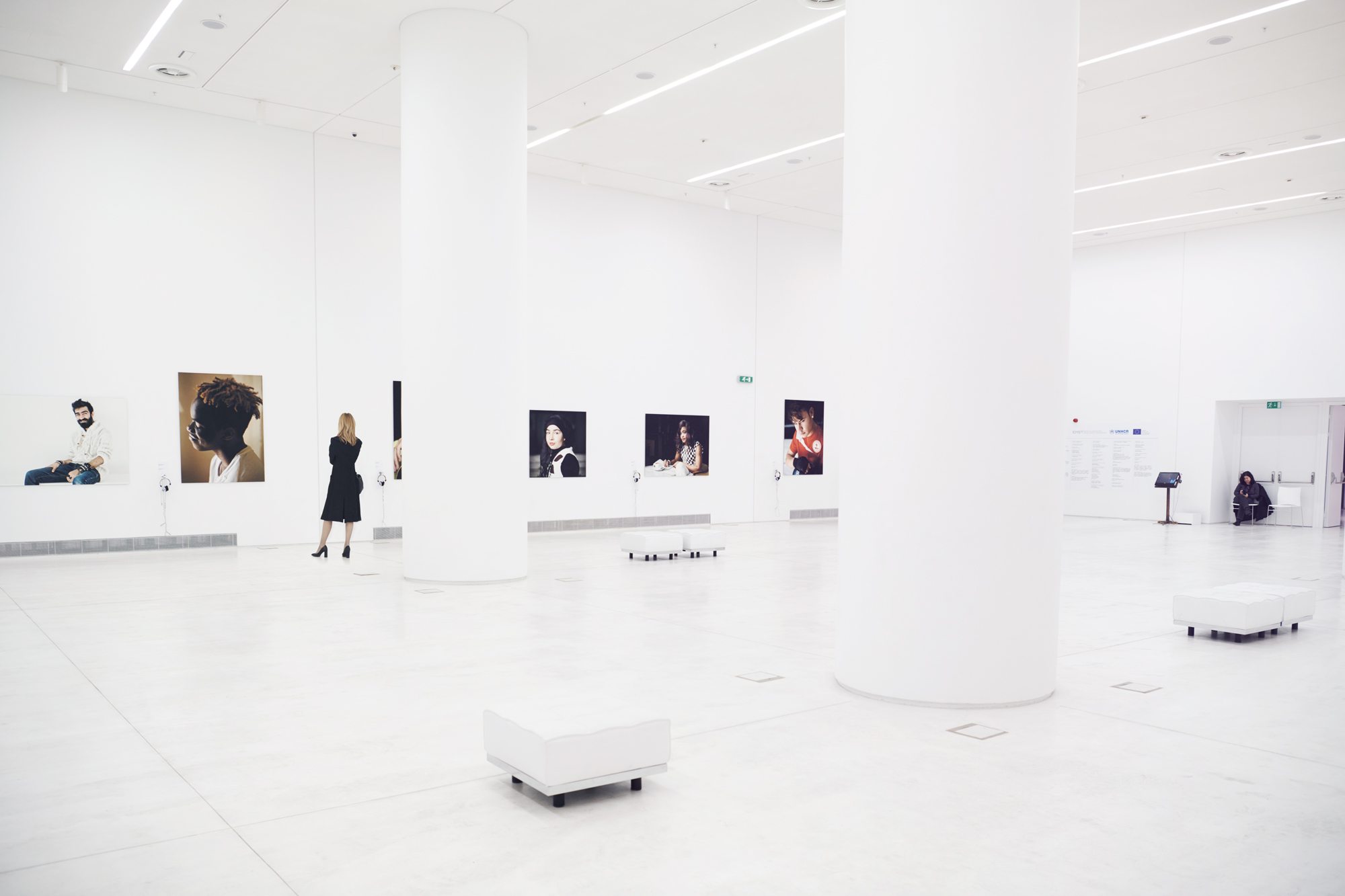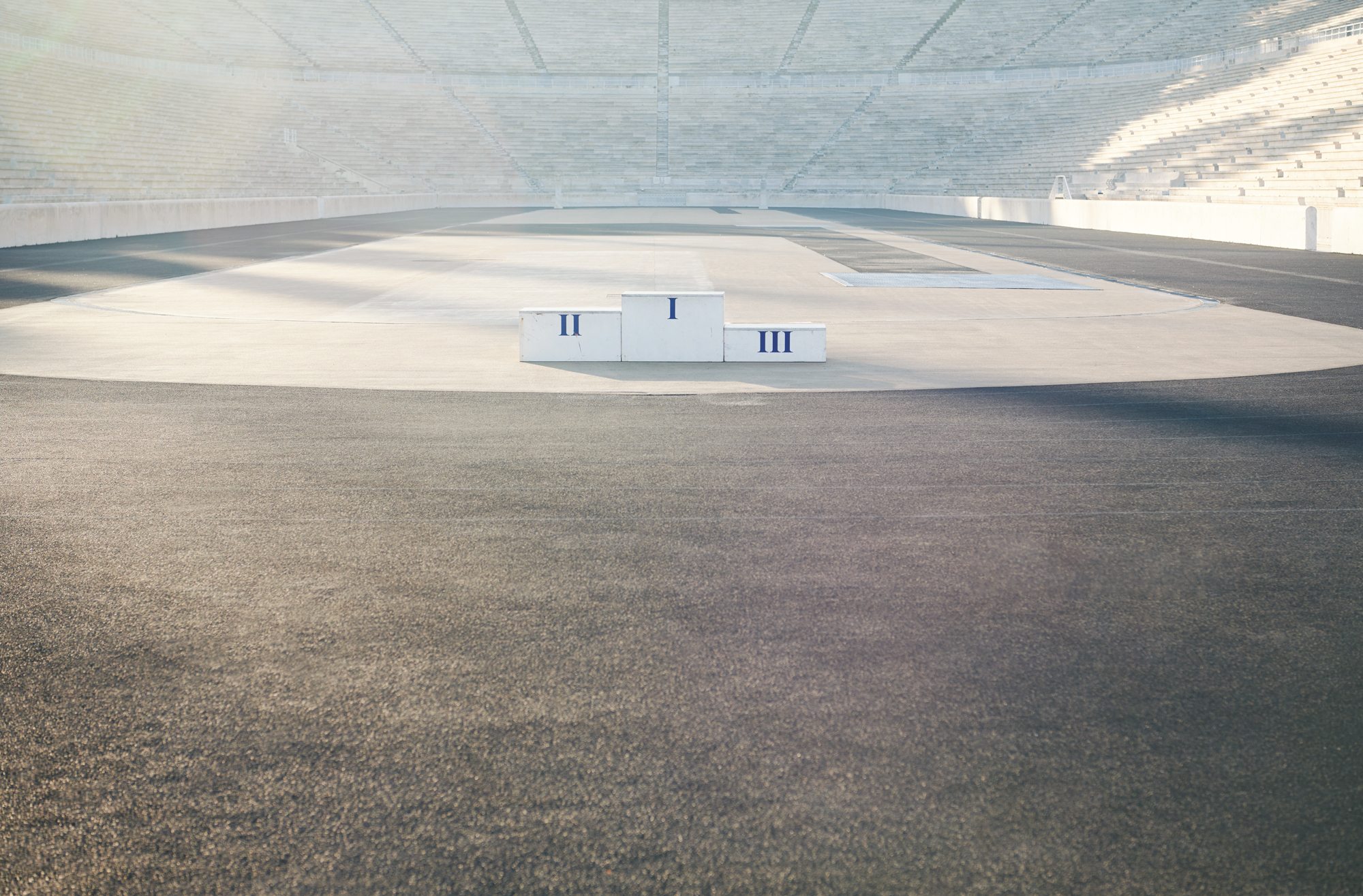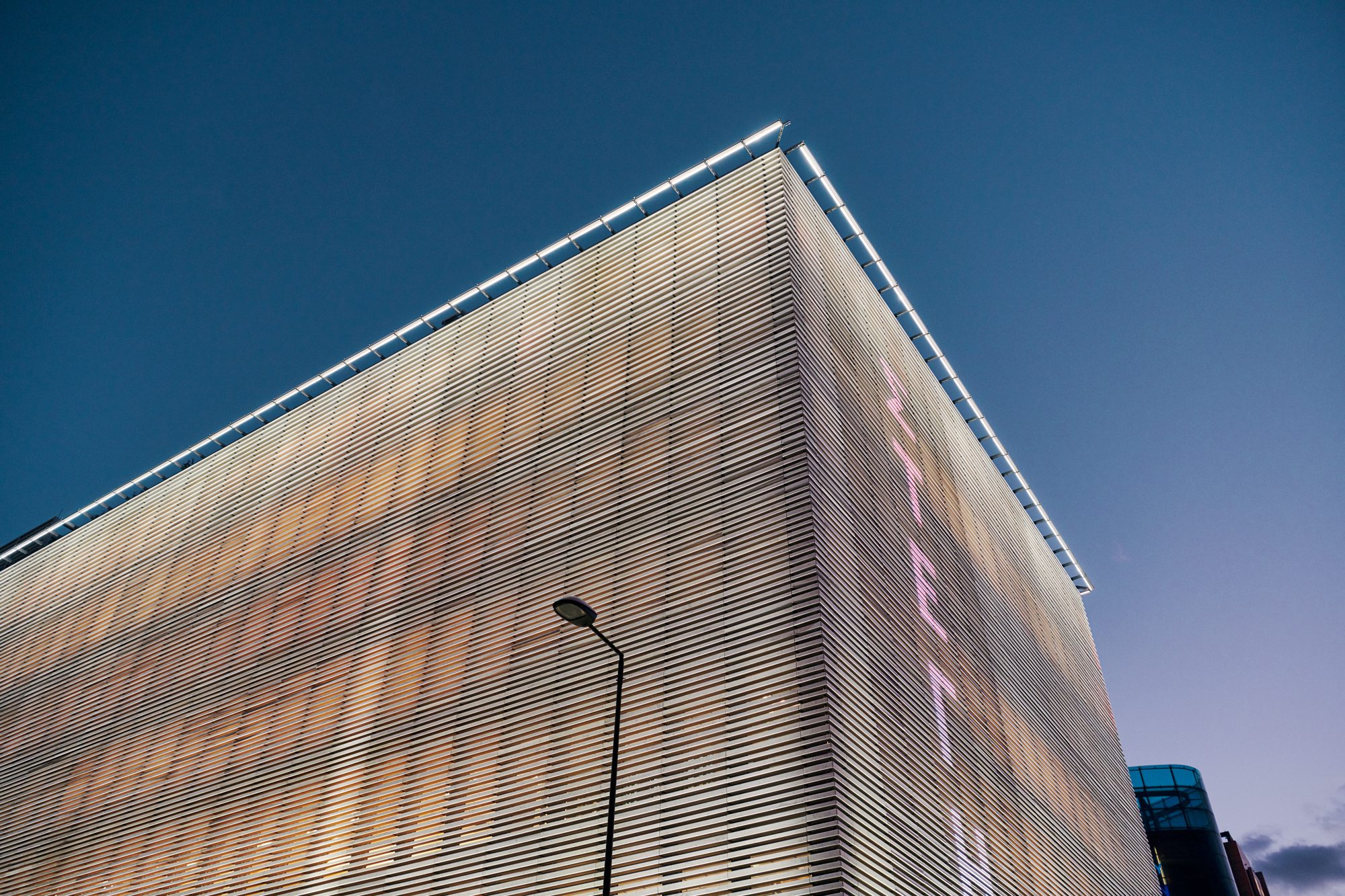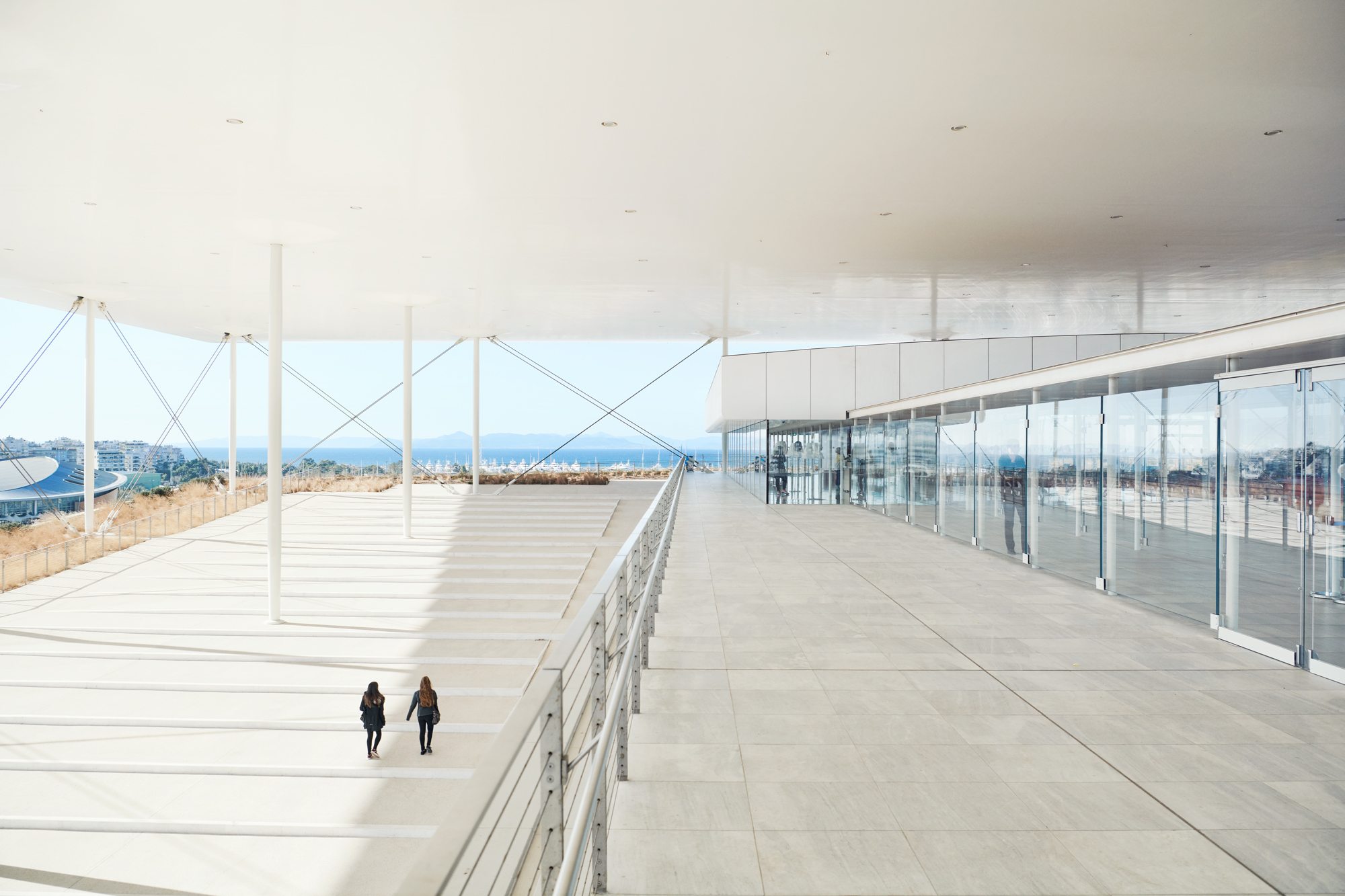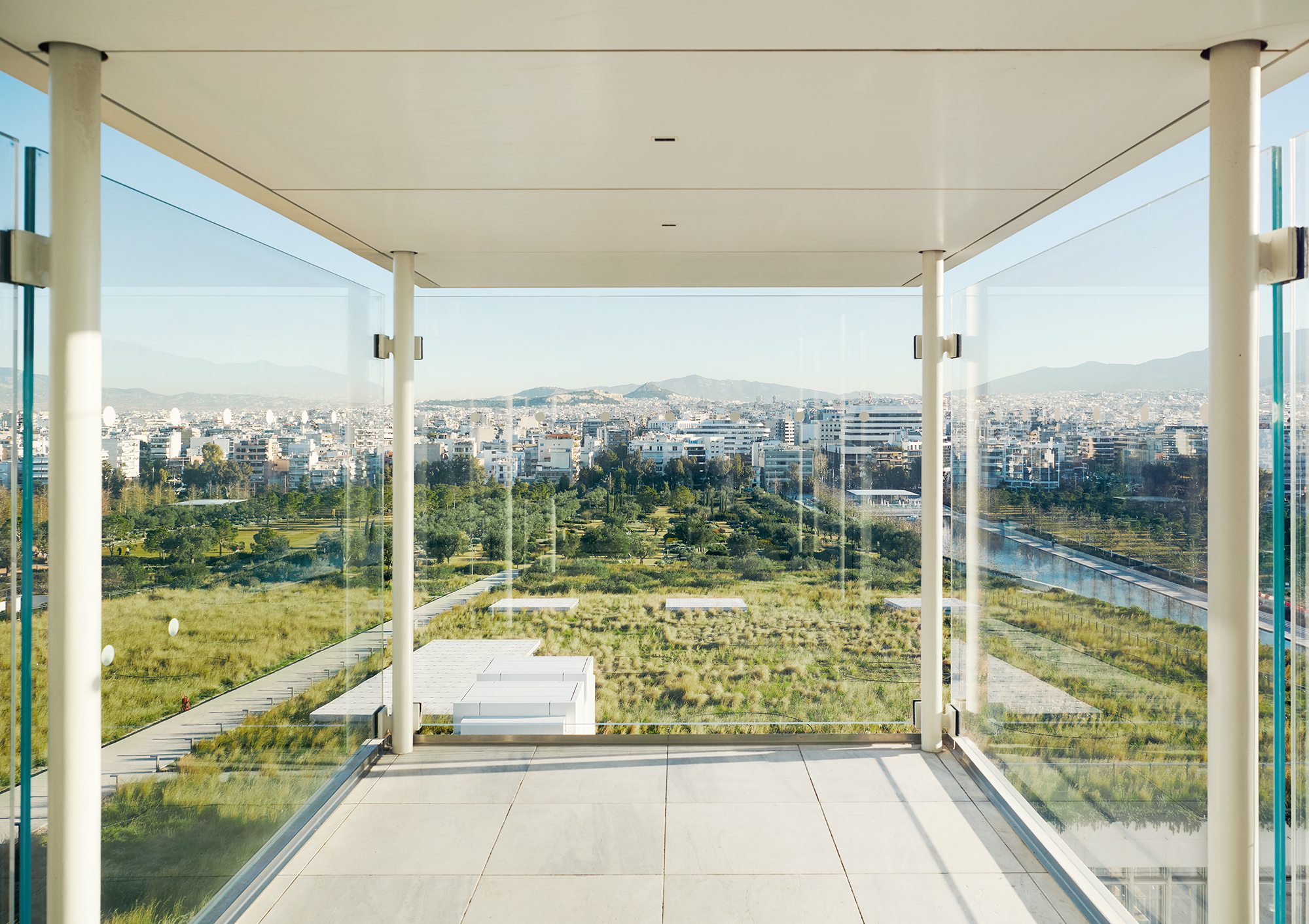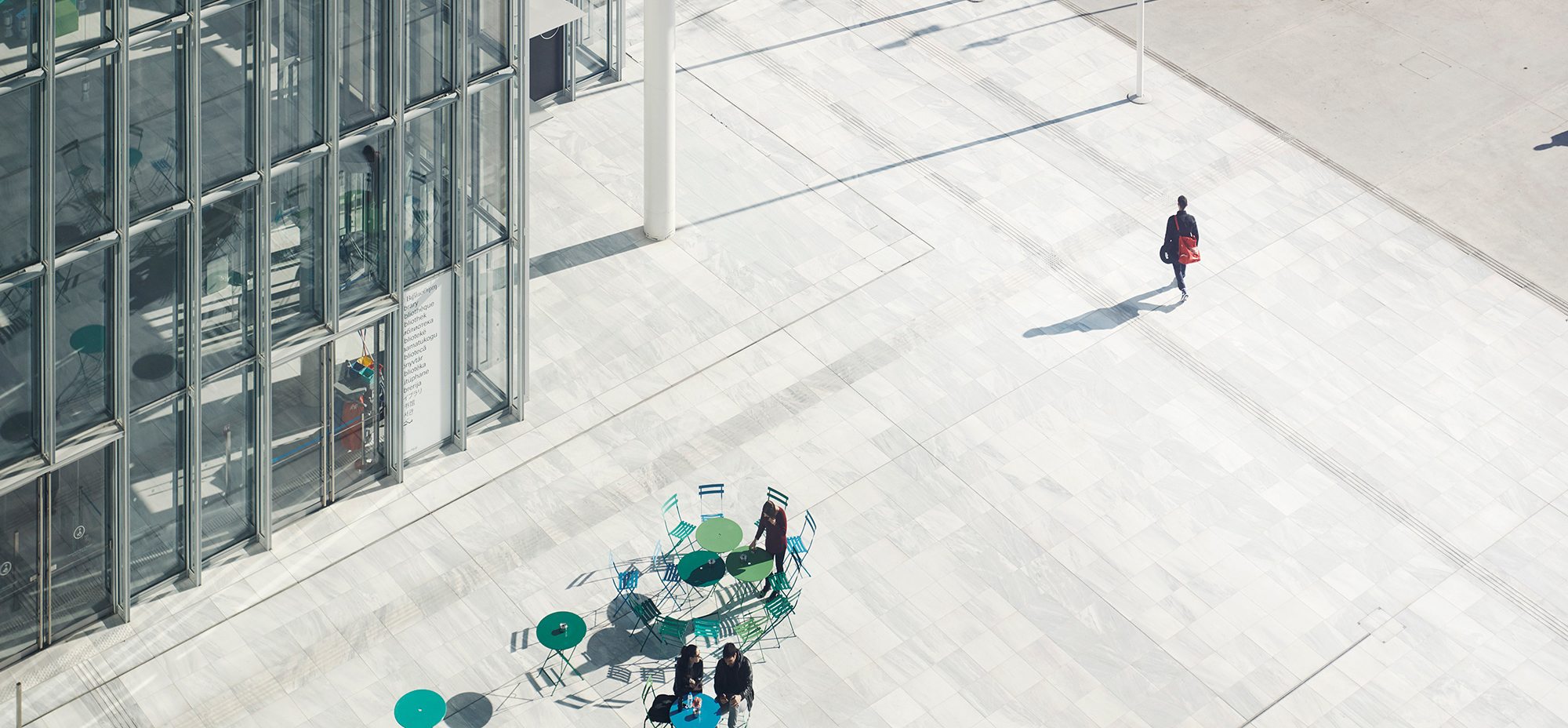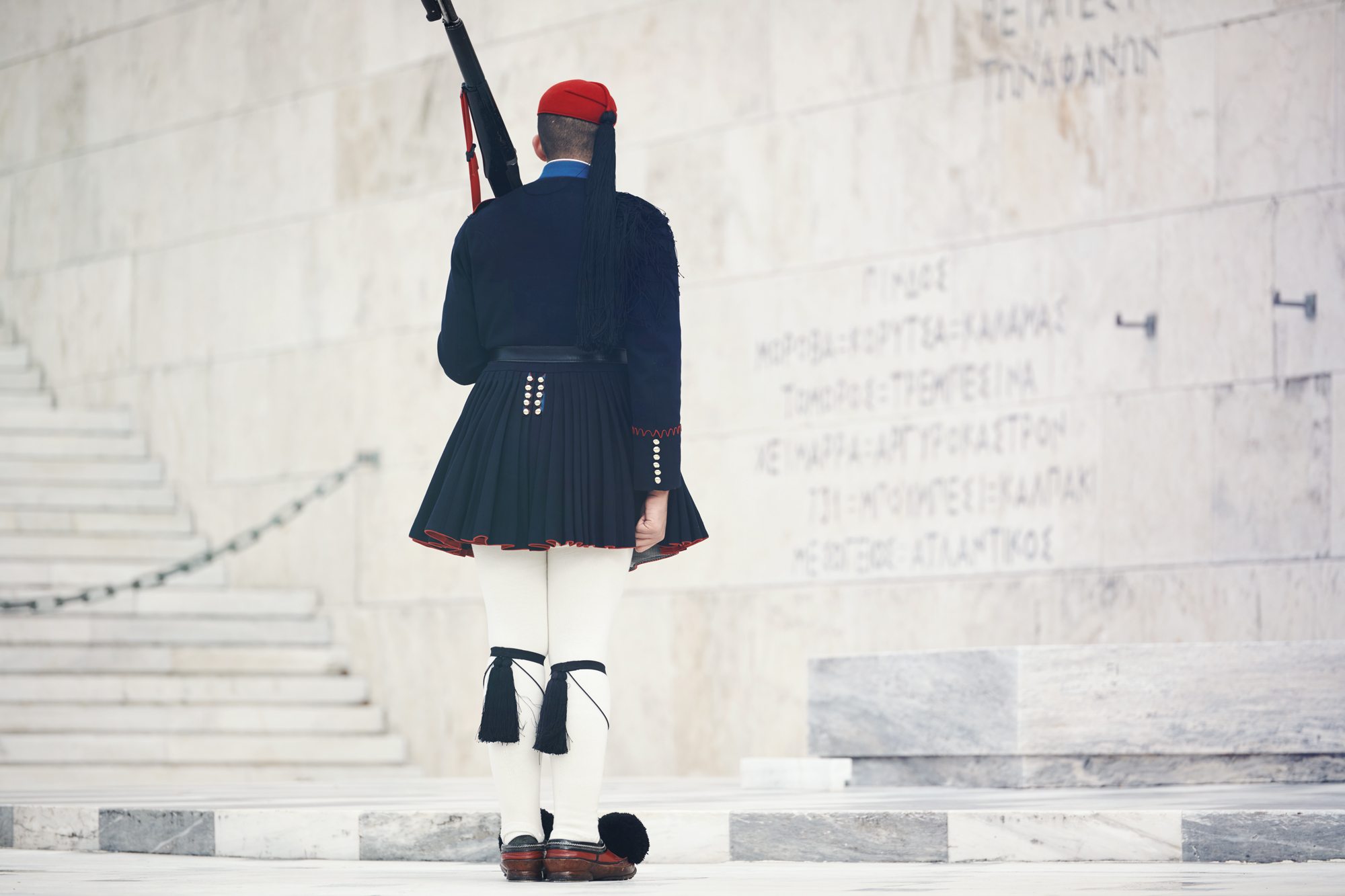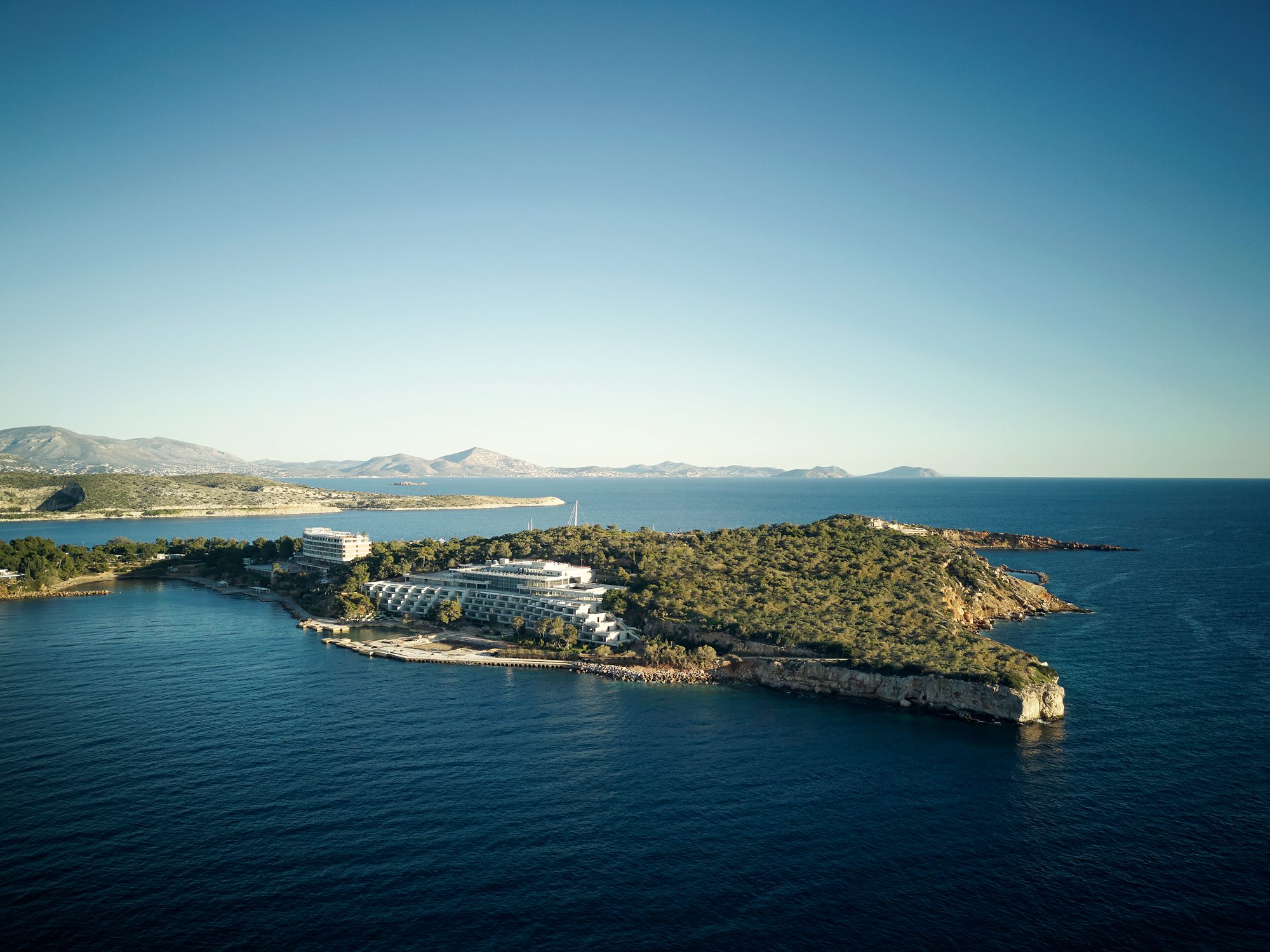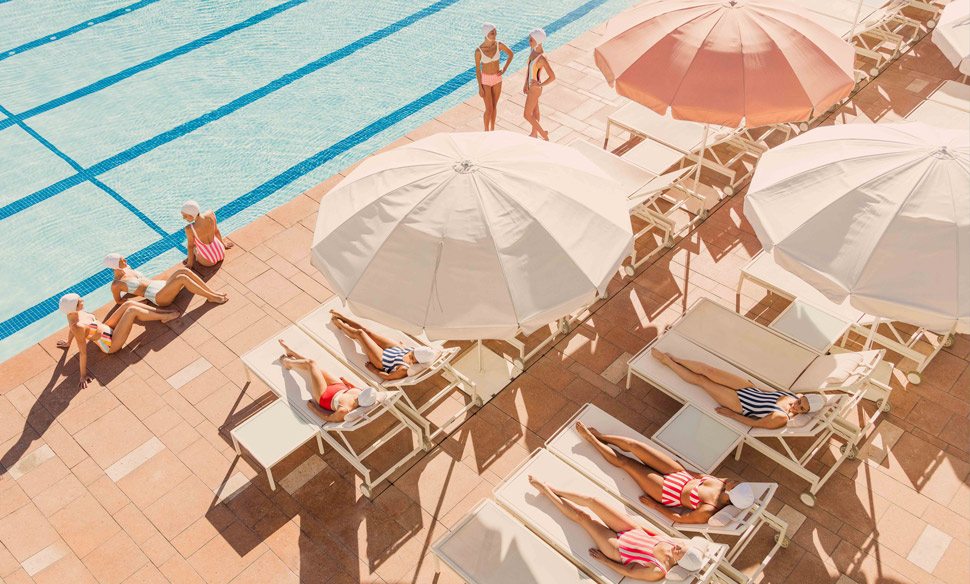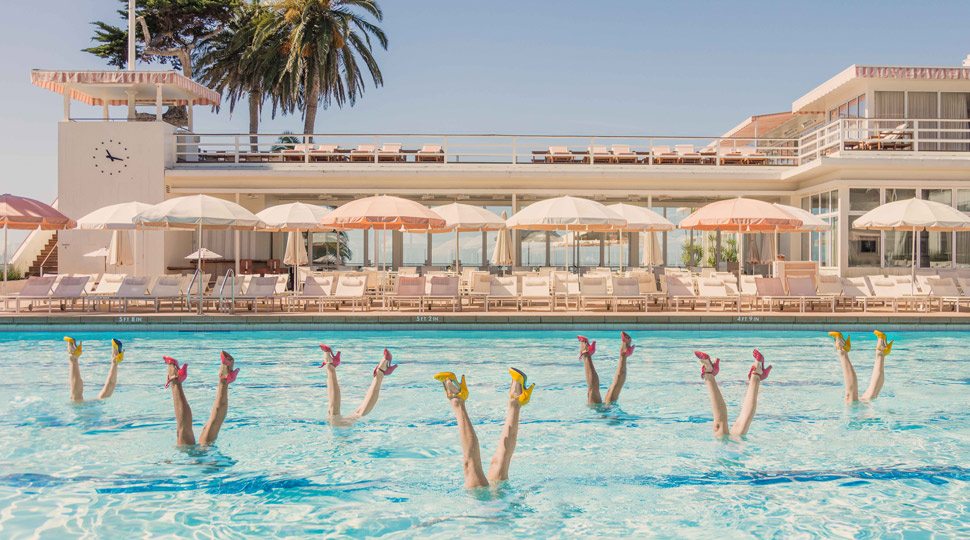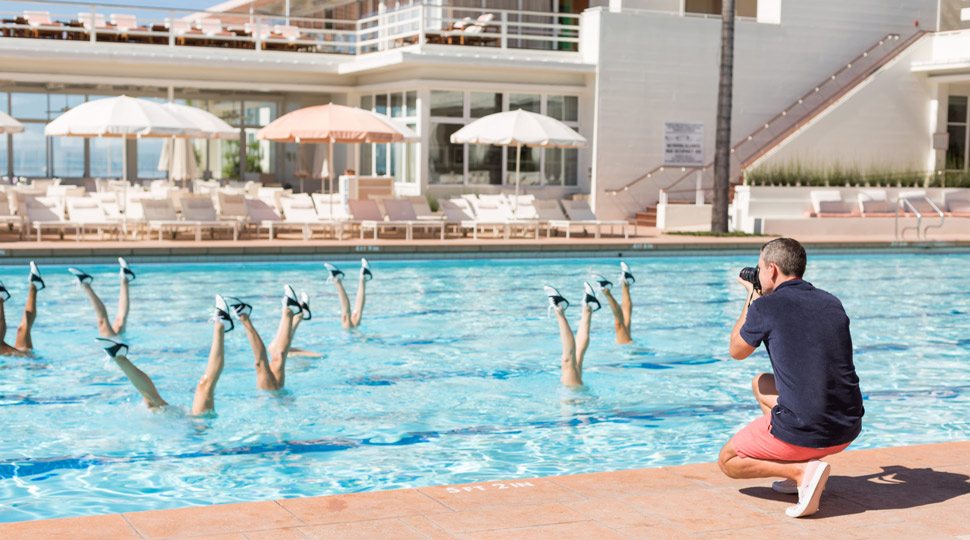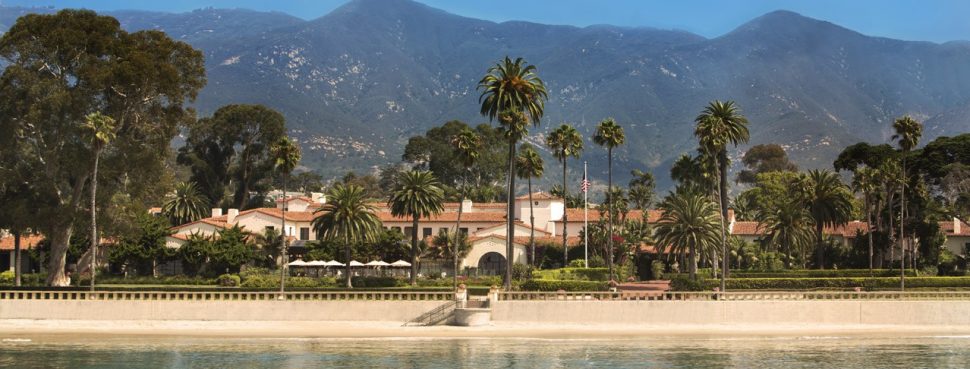The second half of this year sees a long list of new museum openings – and expansions to some of the world’s top collections. Which are worth a first visit or a fresh look? From a modern art wonderland in Maryland to an astounding array of photographs in London, these collections should be on your itinerary.
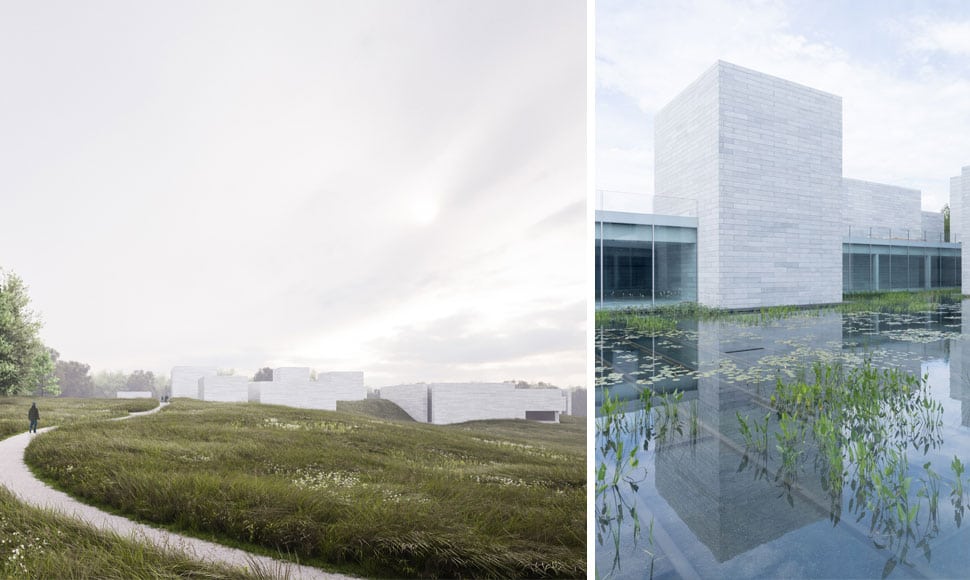
Glenstone Museum, Potomac
Less than 15 miles outside Washington, D.C., Glenstone solidifies its reputation as a must-visit for contemporary art fans with an expanded exhibition space known as the Pavilions. The new building, designed by Thomas Phifer and Partners, comprises 13 distinct areas, with work in the inaugural installation from artists such as Roni Horn, Brice Marden and On Kawara. Glenstone is also launching “Louise Bourgeois: To Unravel a Torment,” featuring more than 30 pieces spanning five decades from the trailblazing French-born American artist. Save time to wander the more than 230 acres of rolling pastures and unspoiled woodland, home to sculptures by Richard Serra, Jeff Koons and Andy Goldsworthy.
Four Seasons Hotel Washington, DC
Tap or click a photo to launch slideshow
V&A Photography Centre, London
The Victoria & Albert Museum has been acquiring photographs since its founding in 1856, and the collection is one of the largest in the world. With the recent addition of 6,000 cameras and other equipment from the Royal Photographic Society, the museum tasked David Kohn Architects with designing a new home. The photography centre, on the first floor of the historic North East Quarter of the V&A’s South Kensington building, will display hundreds of thousands of rare images from luminaries like Ansel Adams and Alfred Stieglitz.
Four Seasons Hotel London at Park Lane
Tap or click a photo to launch slideshow
The Guardian Art Center, Beijing
Built on the doorstep of Beijing’s historic Forbidden City, The Guardian Art Center seeks to re-establish the area as the heart of China’s art scene.
The first auction house to specialize exclusively in Chinese artwork and antiques, it also includes a café and bookshop, office space, and 1,700 square metres (18,300 square feet) of exhibition space, making it the only one-stop art complex in Asia. Designed by architect Büro Ole Scheeren, the building references Beijing’s past: Circular lenses in the façade allow light into the interior, creating a pixelated abstraction of Dwelling in the Fuchun Mountains by 14th-century painter Huang Gongway. Rectangular glass panels on the upper part of the building evoke the brick of the centuries-old hutong dwellings nearby.
Four Seasons Hotel Beijing

Nordic Heritage Museum, Seattle
Step into a soaring central hallway designed to evoke the glacier planes of a fjord, with angular walls that narrow as you go deeper inside. The freshly reopened Nordic Heritage Museum has a new home, created by Seattle’s Mithun architects in collaboration with renowned Finnish architect Juhani Pallasmaa. It’s still in the hip waterfront neighbourhood of Ballard, and still full of rich insight into the legacy of immigrants to the U.S. New exhibitions this season include “Northern Exposure: Contemporary Nordic Arts Revealed,” a collection of works from leading artists across Iceland, the Faroe Islands and Scandinavia.
Four Seasons Hotel Seattle
